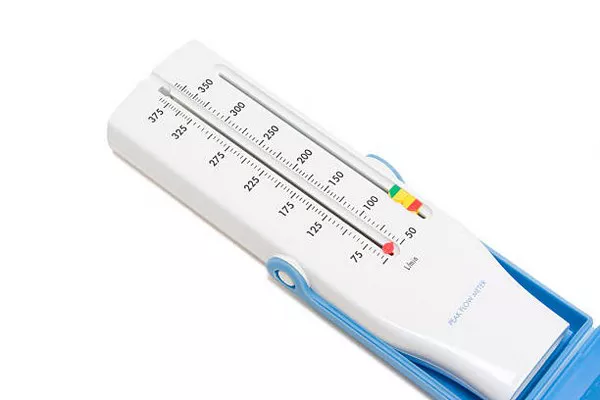In industrial processes where accurate measurement of fluid flow is paramount, flow meters play a pivotal role. Whether it’s monitoring water flow in a municipal water treatment plant, managing fuel flow in a refinery, or ensuring precise chemical dosing in pharmaceutical manufacturing, the reliability and accuracy of flow meters are indispensable. However, to maintain their accuracy and reliability over time, flow meters require periodic calibration. This article delves into the primary purpose of flow meter calibration, its significance in various industries, and the methods employed in this essential process.
The Importance of Flow Meter Calibration
Flow meters are essential instruments for measuring the rate of fluid flow within a system. They provide critical data that is often used for process control, billing purposes, regulatory compliance, and equipment diagnostics. However, like any measuring instrument, flow meters are subject to drift and degradation over time due to factors such as wear and tear, environmental conditions, and fluid properties. Even minor inaccuracies in flow measurement can lead to significant financial losses, compromised product quality, or safety hazards.
Flow meter calibration addresses these issues by verifying and adjusting the meter’s performance to ensure its accuracy meets specified standards. Calibration involves comparing the flow meter’s output to a reference standard under controlled conditions and making adjustments as necessary to minimize measurement errors. By periodically calibrating flow meters, industries can maintain confidence in the accuracy of their measurements and ensure compliance with regulatory requirements.
The Primary Purpose of Flow Meter Calibration
The main purpose of flow meter calibration can be summarized into several key objectives:
Accuracy Verification: Calibration confirms whether a flow meter’s output accurately reflects the actual flow rate within the system. It helps identify any deviations from the expected performance and quantifies the extent of measurement errors.
Performance Optimization: Through calibration, flow meters can be fine-tuned to enhance their performance and minimize measurement uncertainties. This optimization ensures that the flow meter operates at its highest level of accuracy within the specified range of flow rates and conditions.
Compliance Assurance: Many industries are subject to regulatory requirements mandating the use of calibrated flow meters for accurate measurement and reporting. Calibration provides documented evidence of compliance with these standards, mitigating the risk of penalties or legal consequences.
Risk Mitigation: In applications where precise flow measurement is critical for safety or environmental protection, such as in chemical processing or oil and gas production, calibration helps mitigate risks associated with incorrect flow readings. Accurate flow measurement is essential for preventing accidents, spills, or environmental contamination.
Cost Reduction: Regular calibration helps detect potential issues with flow meters before they escalate into costly problems. By identifying and addressing calibration drift or malfunctions early on, industries can avoid production delays, equipment damage, and unnecessary expenses.
Methods of Flow Meter Calibration
Flow meter calibration can be performed using various methods, depending on factors such as the type of flow meter, the intended application, and the required level of accuracy. Some common calibration techniques include:
Gravimetric Method: This method involves measuring the mass of fluid collected over a specified time period using a highly accurate scale. By comparing the mass flow rate to the flow meter’s output, calibration factors can be determined. Gravimetric calibration is particularly suitable for liquid flow meters and provides high accuracy.
Volumetric Method: In this approach, a known volume of fluid is passed through the flow meter, and the time taken to fill or empty a container is measured. By dividing the volume by the time, the flow rate is determined and compared to the flow meter’s reading. Volumetric calibration is commonly used for both liquid and gas flow meters.
Master Meter Method: This technique involves using a calibrated master meter as a reference standard to compare against the flow meter being calibrated. The master meter is typically a high-precision instrument traceable to national standards. By comparing the outputs of the master meter and the flow meter under test, calibration factors can be established.
Comparative Method: In this method, the flow meter under test is installed in parallel with a calibrated reference meter, and both meters measure the same flow simultaneously. Any discrepancies between the two measurements are used to determine calibration corrections. The comparative method is often employed for in-situ calibration of flow meters without removing them from the process.
In-Situ Method: This approach involves calibrating the flow meter directly in its operating environment, eliminating the need for removal or disruption of the process. In-situ calibration accounts for factors such as pipe geometry, installation effects, and fluid properties that can influence flow meter performance.
See Also How Does A Mass Spectrometer Work A Level
Conclusion
Flow meter calibration is a critical aspect of maintaining accurate and reliable flow measurement in industrial processes. By verifying the accuracy of flow meters through calibration, industries can ensure compliance with regulatory requirements, optimize process performance, mitigate risks, and reduce operational costs. With various calibration methods available, organizations can choose the most suitable approach based on their specific requirements and constraints. Ultimately, investing in regular flow meter calibration is essential for safeguarding the integrity of industrial processes and achieving optimal efficiency and productivity.

